How To Raise Daphnia for Discus Food
WHAT ARE DAPHNIA?
Discus (especially their fry) love eating daphnia and will even eat them live! Also known as “water fleas,” daphnia are small crustaceans commonly found in freshwater. They are an ideal food choice for fry and other small discus. With their high protein content, they will nourish and strengthen your discus. Not only are they easy for people to raise, but they also taste delicious to discus!
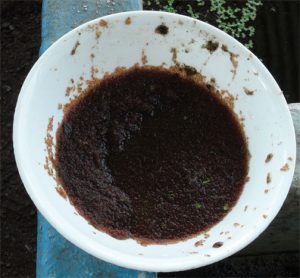
Daphnia
HOW DO I RAISE DAPHNIA?
First, obtain a starter culture. You can find starter cultures for sale in tropical fish magazines’ classified advertisements, or you can ask people from your local fish clubs or stores for them.
Daphnia will flourish in almost any type of container. If you need a large quantity, use a container with large surface area. A large tub or aquarium will suffice. If you need less daphnia, you can use other containers, such as a large glass jar or a small aquarium.
Prior to placing the live daphnia culture into your container, first age your water since daphnia cannot tolerate chlorine. Many people age their water for ten to fourteen days. Some people age their water in specific environments so that the water will turn green with algae. Then, they use this algae for daphnia food.
The water’s pH should range between 6.0 and 8.2. Its temperature should be within the range of 72 to 85 degrees Fahrenheit. If the temperature is higher, the daphnia may stop reproducing.
At least every two weeks, change twenty percent of the water. You should always use aged water as replacement water, and you can even use old aquarium water. The more frequently you change the water, the better. If you want your daphnia to reproduce faster, try changing their water more frequently.
Keep your daphnia in a sunlit area; ideally, they should have six to eight hours of sunlight daily. Although growing daphnia outdoors is best, you can also grow them indoors. If you grow your daphnia indoors, provide a light on your daphnia for at least ten hours. Consider placing your daphnia by a sunny window, but make sure the water doesn’t get too hot.
The daphnia won’t need much oxygen. If you keep your container outside and if it has a large surface area, it won’t need any aeration. If you keep your container inside, provide very light aeration, but be careful. If you provide too much aeration, the water will bubble, which could kill your culture. So, be sure to provide only enough aeration to just break the water surface.
You can feed your daphnia algae, yeast, and bacteria. As we mentioned earlier, we sometimes give our daphnia water that contains algae. Additionally, we supplement the daphnia’s algae with yeast. We mix yeast with water, and then add enough of this mixture to our daphnia container until the daphnia’s water is slightly cloudy. Whenever the water becomes clear, we feed the daphnia more.
HOW DO I HARVEST MY DAPHNIA?
Catch the daphnia by slowly moving a fine net in a figure eight motion throughout their container. Next, sift the daphnia through different-sized strainers. You want to feed the largest daphnia to your largest discus, and the smallest daphnia to your fry. Be sure to harvest them regularly to prevent overcrowding.
Daphnia strained with a wire mesh
QUESTIONS
- Why is daphnia healthy for discus?
- What type of water conditions do daphnia thrive in?
- How will you make sure your daphnia’s water meets those conditions?
- What container(s) will you use to grow daphnia?


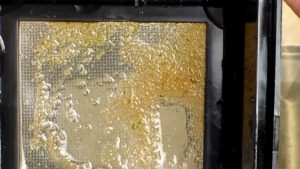
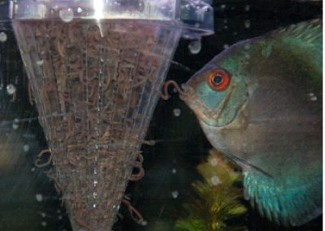
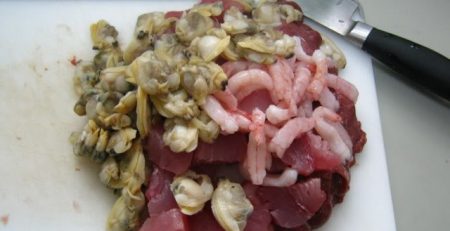
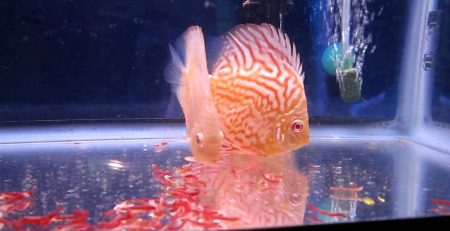
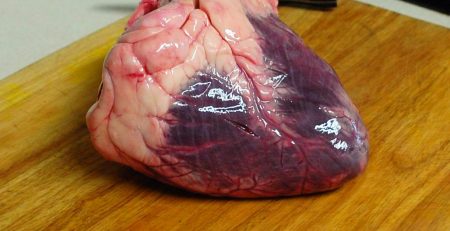
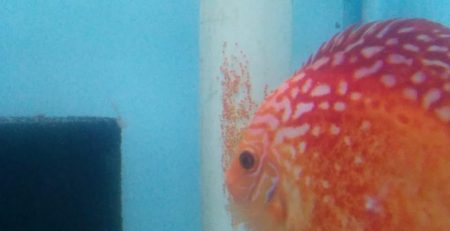



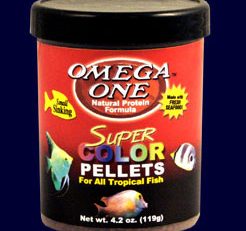
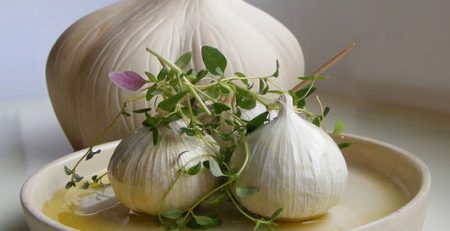
Leave a Reply
You must be logged in to post a comment.